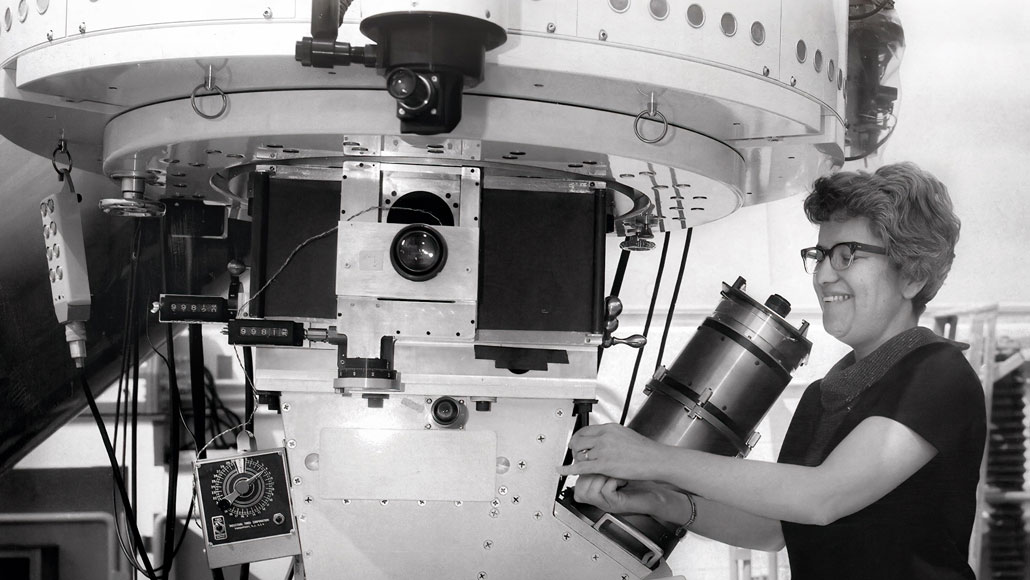
Astronomer Vera Rubin uncovered evidence of dark matter in the 1970s. A new effort to study dark matter and other cosmic quandaries has been named in her honor.
NSF’s Optical-Infrared Astronomy Research Laboratory/KPNO/AURA

Astronomer Vera Rubin uncovered evidence of dark matter in the 1970s. A new effort to study dark matter and other cosmic quandaries has been named in her honor.
NSF’s Optical-Infrared Astronomy Research Laboratory/KPNO/AURA